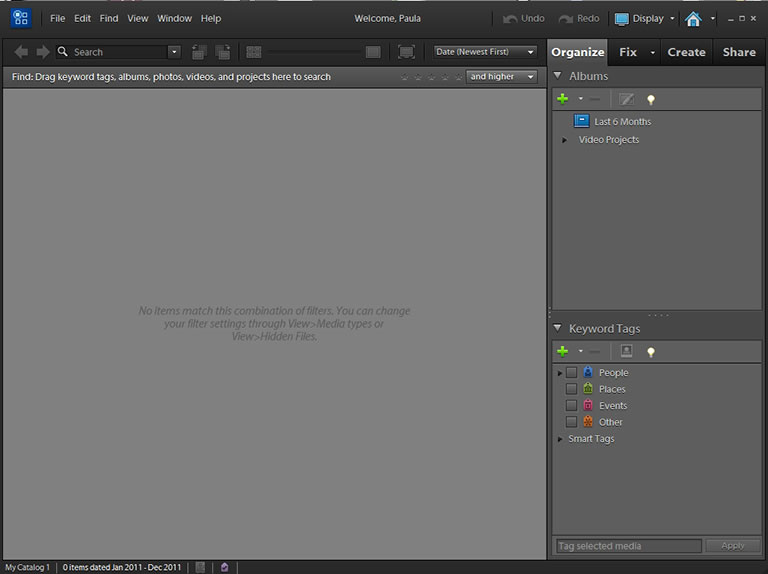

The category icon is simply a graphical representation to help you identify the category, you can choose any icon you wish.Ī new category is created in the Keyword tags list.

You can create new categories, sub-categories, and tags from the menu.ģ In the Create Category dialog box, type Metropolitan Museum into the Category Name text field and choose the green tag icon from the Category Icon section. Orientation issues can be quickly fixed using the Rotate Left and Rotate Right buttons.Ģ In the Keyword Tags panel on the lower-right side of the workspace, press the Create new keyword tag, sub-category, or category button ( ) and choose New Category. Press the Rotate Left button ( ) located at the top of the Photo Browser to fix the orientation of the photo. This is a photo of the head of a Greek statue located at the Metropolitan Museum of Art in New York City. Now you are going to make your own keywords.ġ Click the Show All button in the Options bar and scroll down and select the photo named Hercules in the Media Browser. Photoshop Elements already has a few keywords ready to use, and when you imported the photos, their keywords were also imported. In addition to being able to add a star rating to an image, you can add keyword tags to your images to make sorting and searching easier. Click the fifth star to return it to a five-star rating. As you hover your cursor over the stars, they appear highlighted in yellow, if the image doesn’t have a rating. Change the rating to three stars by clicking on the third star below the photo. The star system runs from zero to five stars and you’re the judge of which images get five star ratings!ġ Press the Show All button and then select the redeye photo in the Organizer.Ģ This image already has a five-star rating. To make it easier to categorize your photos, the Elements Organizer can be used to add star ratings to a photo. In addition, Photoshop Elements 10 includes people recognition that makes it incredibly easy to find pictures of a certain person within images in the Organizer. Photoshop Elements 10 adds enhanced tagging capabilities such as the Tag cloud that allows you to quickly view photos with a certain tag. Creating this habit now will pay dividends many times over when you need to find your photos in the future. We recommend that you tag and rate your photos immediately after you import them, while the subject or event is fresh in your memory. In Photoshop Elements, you can forgo multiple folders in favor of just tagging your images. The problem with this approach is that it can take time to find specific images when you want them, and so the Organizer has a different way of approaching this task. Some people rely on multiple folders and subfolders with labels for the content of the photos and perhaps information about when they were taken. How you sort them so that you can find the precise picture you are looking for, when you need it, becomes a challenge. It may be common for you to have hundreds or even thousands of digital photos of family and friends on your computer at once. But with the proliferation of digital cameras and large-capacity hard drives, the number of photos taken and kept has increased dramatically. Film and photo paper are expensive, so in the old days of film photography, you had to be very selective of which pictures you took and even more selective of which ones you printed. Photoshop Elements Tutorial: Tagging your photos in Photoshop Elementsīy tagging your images with ratings and keywords, you can quickly organize your photos and later locate just the images with the specific tags you are looking for. It is the second lesson in the Adobe Photoshop Elements 10 Digital Classroom book. This tutorial provides you with a foundation for working with Adobe Photoshop Elements tagging. What you’ll learn in this Photoshop Elements Tutorial: Graphic Design for High School Students.


 0 kommentar(er)
0 kommentar(er)
